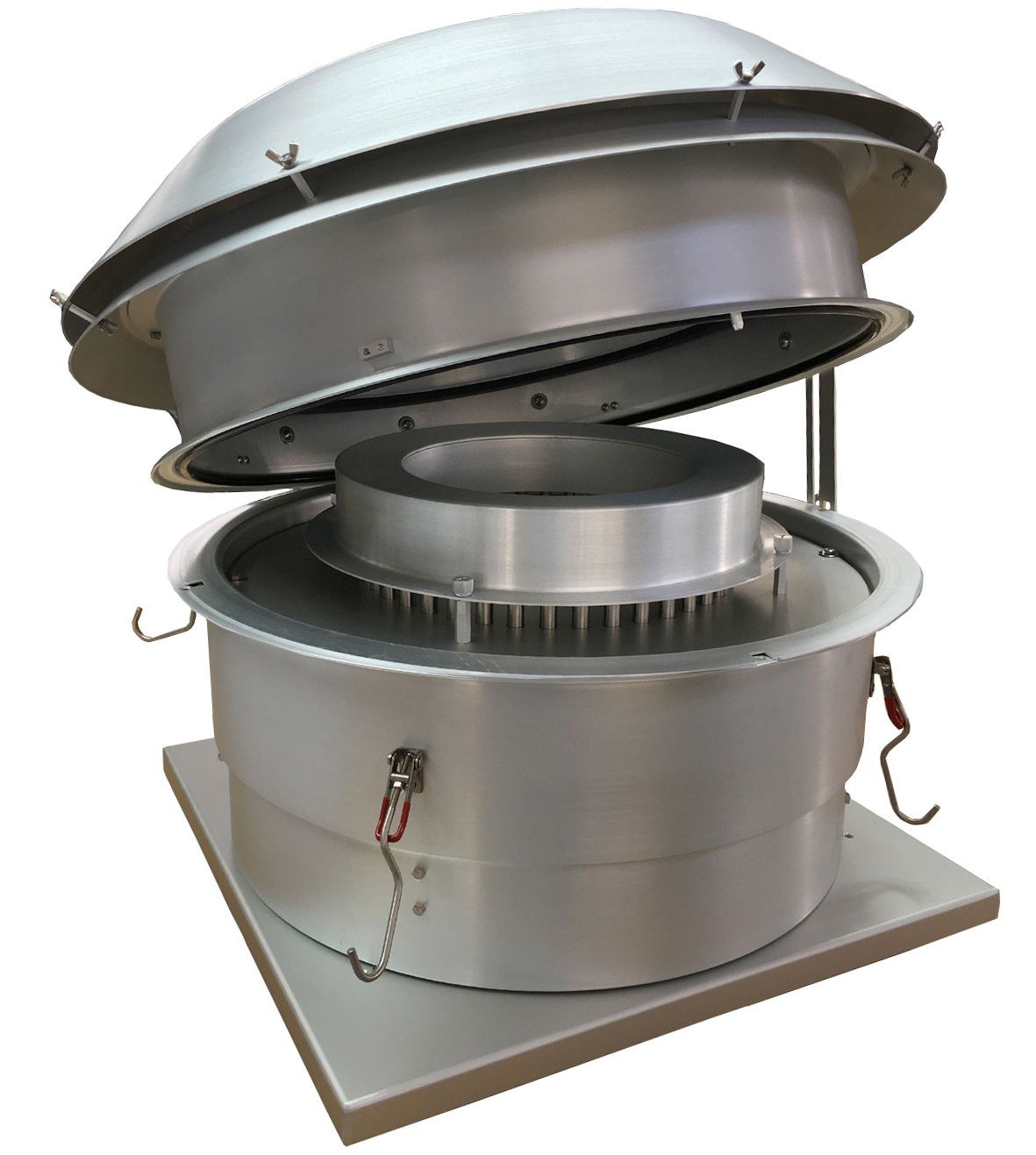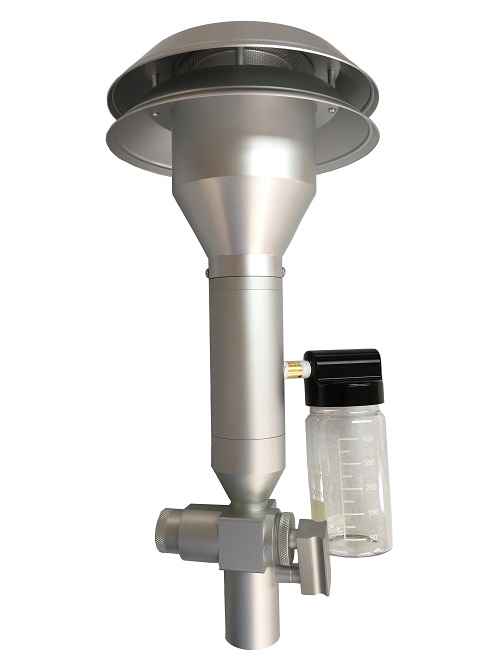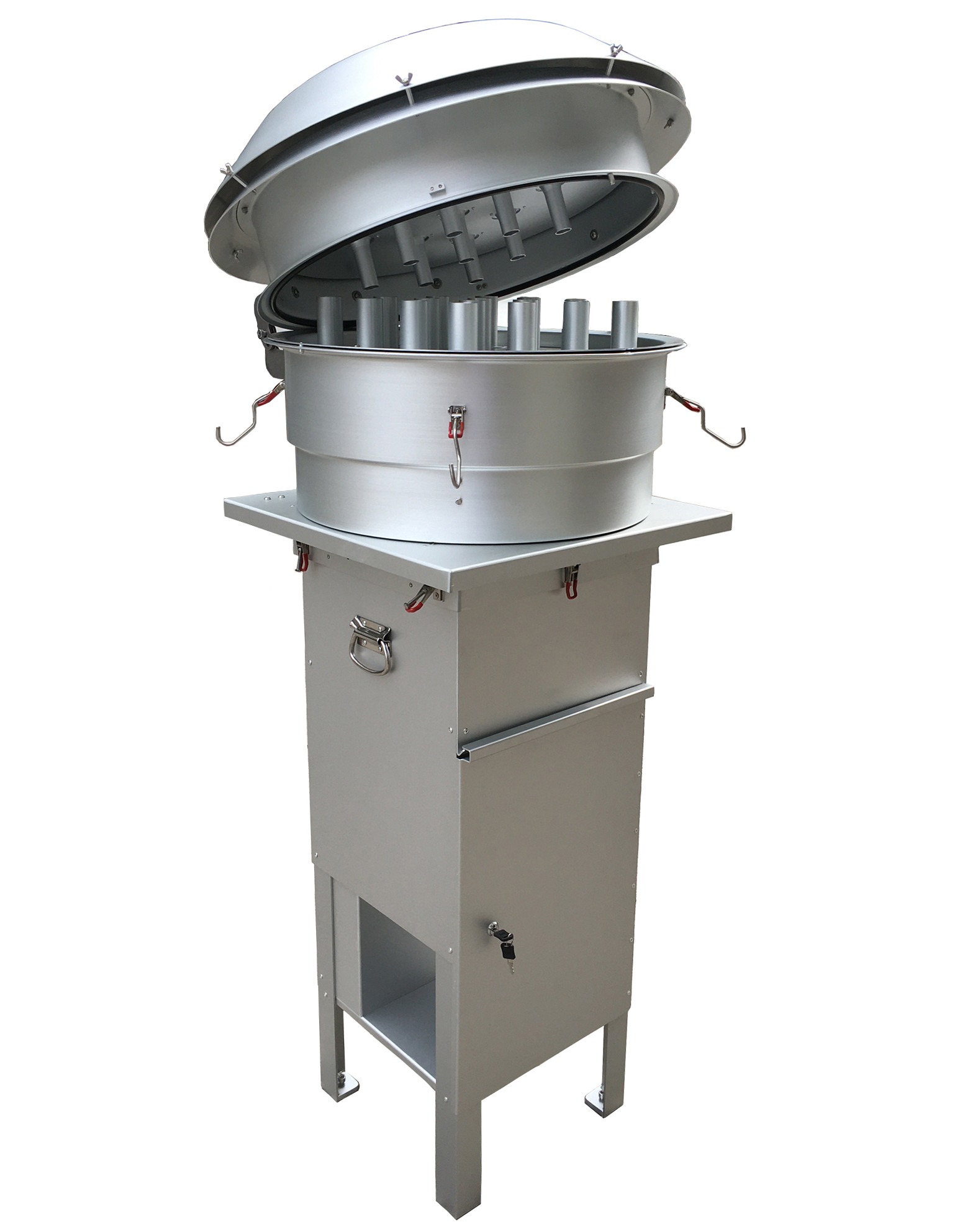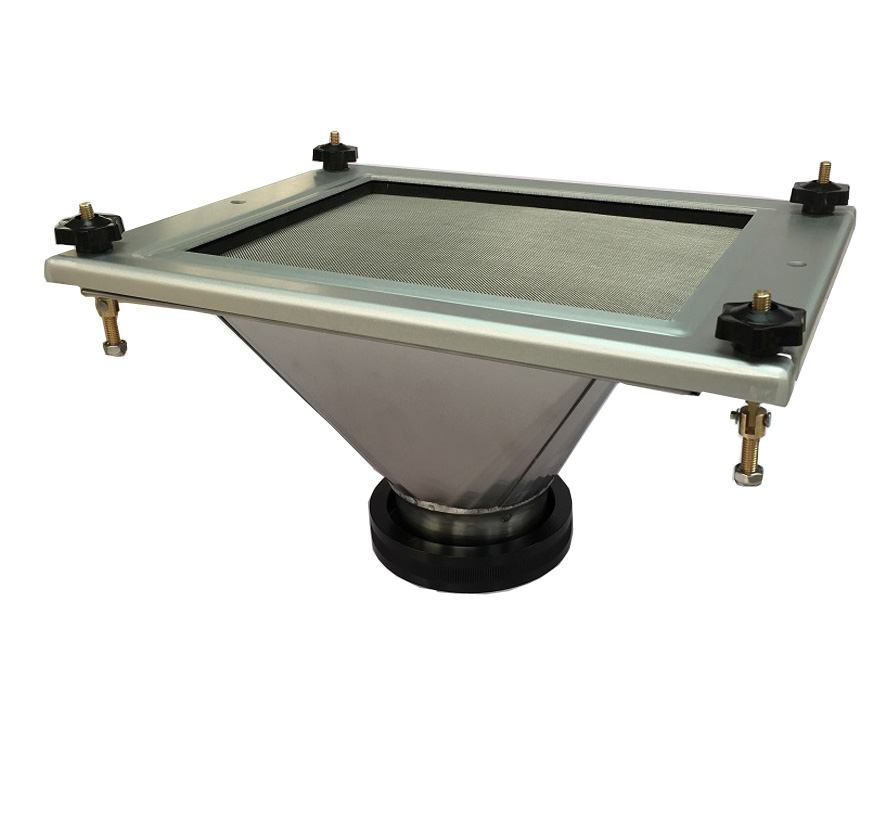In today's world, where air quality is a growing concern, the significance of reliable air monitoring technology cannot be overstated. Low volume air sampling pumps and samplers, including advanced devices capable of targeting specific particulates like PM 10 and PM2.5, are at the forefront of this crucial task. These sophisticated tools are not just instruments but guardians of health and the environment, capturing vital data that inform our understanding and actions regarding atmospheric conditions. In this article, we delve into the nuances of low volume air samplers and their indispensable role in environmental science and health safety.
Basic Components
The fundamental components of a low volume air sampler, particularly the low volume air sampling pumps, are designed to work in harmony, ensuring that the sampling accurately reflects the ambient air quality. The heart of the process is the sampling pump, typically a diaphragm or piston pump, which generates a controlled airflow to draw ambient air through the system. The air intake system, featuring a meticulously designed inlet, filters out larger particles, permitting only those within the desired size range, such as PM 10 and PM2.5, to enter the sampling mechanism.
A critical component is the filter holder, which contains the sample medium, which is commonly a filter membrane. This filter is chosen based on the type of particles being analyzed. Glass fiber filters are often used for particulate matter, while Teflon or quartz filters are chosen for specific chemical analyses. The proper selection of filter materials is vital to prevent interference with subsequent analytical techniques.

Sampling Pump
The sampling pump is the powerhouse of the low volume air sampler. It meticulously controls the airflow rate, ensuring that the collected sample accurately represents the air quality at a given location and time, which is crucial for PM 10 and PM2.5 analysis. The pump's flow rate is carefully calibrated to meet the requirements of the monitoring objectives, allowing for accurate comparisons between different sampling sites or periods.
Air Intake System
The air intake system, especially the inlet design, is crucial in ensuring that the sampled air accurately represents the surrounding environment. The inlet prevents the entry of unwanted large particles, helping to maintain the integrity of the sample. Design considerations for the air intake system are essential to prevent distortion of results and to account for variations in particle size distribution.
Filter Holder
The filter holder serves as the collection point for airborne particles. Filters are selected based on their compatibility with subsequent analytical techniques. For instance, some filters are suitable for gravimetric analysis, where the weight of collected particles is measured, while others are chosen for chemical analysis to identify specific pollutants. Regular maintenance and correct handling of filter holders are critical to preventing contamination and ensuring the dependability of results.
.jpg)
Flow Control Mechanism
Maintaining a constant airflow rate is paramount for reliable sampling. The flow control mechanism, often a precision flow meter or an orifice, regulates the air intake to achieve the desired flow rate. This control is essential for standardizing sampling conditions, ensuring consistency in data collection, and facilitating meaningful comparisons across different monitoring sites or periods.
Sampling Strategies
Low volume samplers, including those for PM 10 and PM2.5, offer a range of sampling strategies to accommodate diverse environmental monitoring requirements. Continuous sampling provides real-time data, allowing for immediate insights into fluctuations in air quality. Time-integrated sampling, on the other hand, entails collecting pollutants over a set period of time to provide a cumulative assessment of exposure. The adaptability of sampling procedures enables researchers to customize their methodology based on the monitoring campaign's unique objectives.

Applications In Environmental Monitoring
The applications of low-volume air samplers in environmental monitoring are diverse. These devices are instrumental in assessing ambient air quality, tracking the dispersion of pollutants, and conducting research on the sources and fate of airborne contaminants. They provide substantial contributions to our understanding of the effects of human activities on air quality, assisting authorities in developing effective policies for air pollution management and public health protection.
Challenges And Considerations
Despite their value, low-volume air samplers encounter obstacles that must be carefully considered. Nearby pollution sources, weather conditions, and possible interferences can all have an influence on the accuracy of results. Regular calibration, quality control measures, and awareness of these challenges are essential to ensure the reliability of the data collected. Additionally, advancements in technology continue to address and mitigate some of these challenges, enhancing the precision and applicability of low-volume air sampling methods.
Conclusion
Low volume air sampling pumps and samplers, including those designed for PM 10 and PM2.5, are indispensable tools in the field of environmental science. For professionals and researchers in need of premium low volume air sampling pumps and samplers, including specialized devices for PM 10 and PM2.5, T4 AIR SAMPLER offers a standout selection. We offer an extensive selection of air sampling solutions tailored to meet diverse monitoring needs. Explore our website for more details on our products and how they can support your air quality assessment and environmental monitoring efforts.


.jpg)

